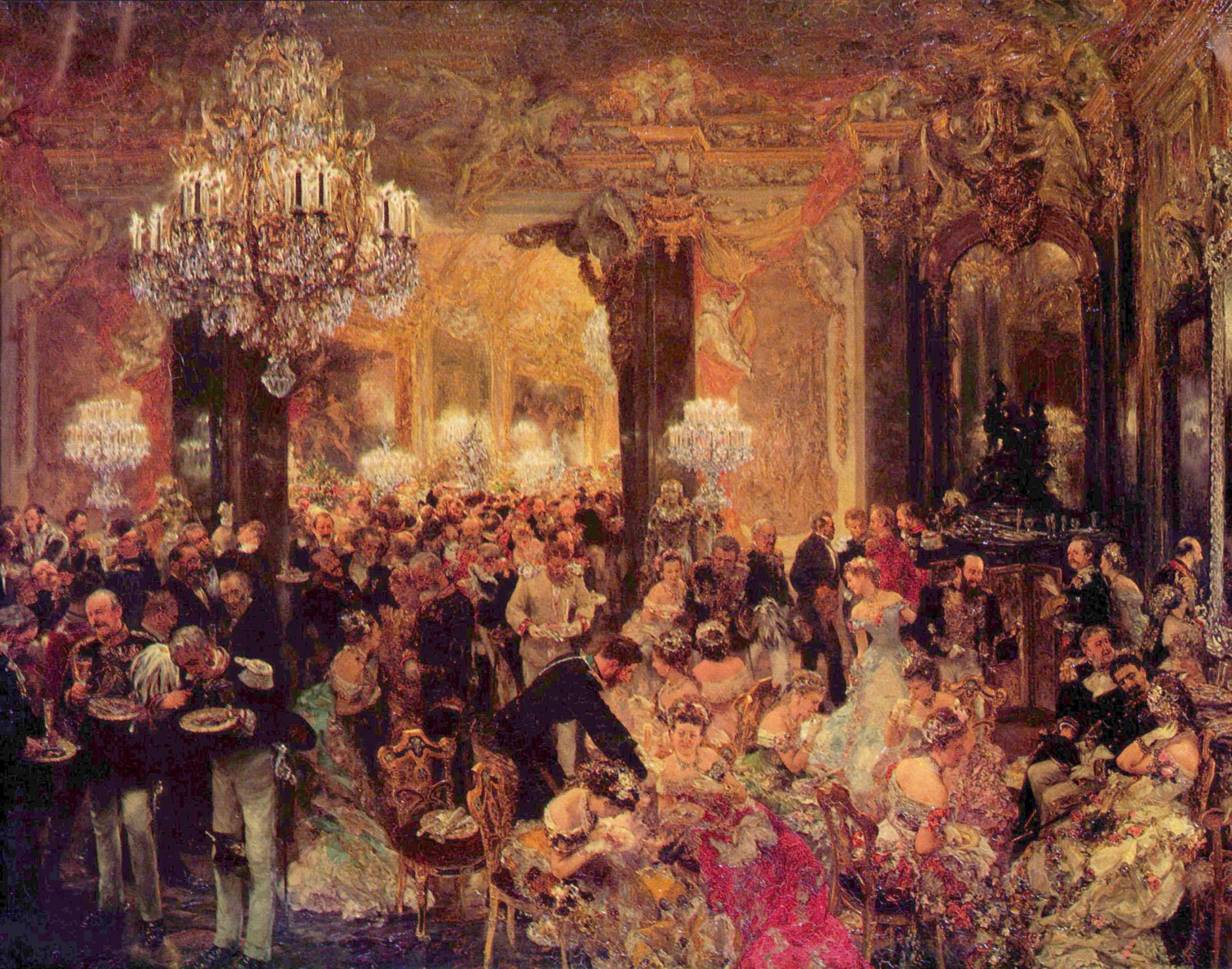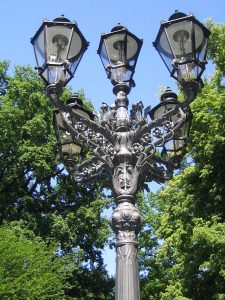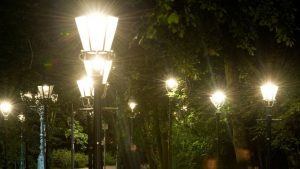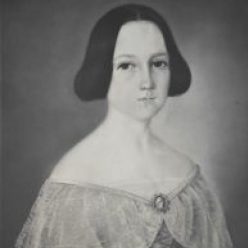
Jag har gjort flera försök att hitta det café som Augusta besökte i Berlin juli 1847. Hon hade hört talas om det fantastiska ”Juchs sein caffé” eller möjligen Yuchs eller Zuchs, ibland är Augustas handstil i dagboken lite otydlig. Men om det nu var så omtalat, borde det finnas beskrivet någonstans, tycker jag.
”Då vi återkommo från Potsdam var det ännu tid att ta en glace i det för sin spegellyx och sin rika gaslysning så mycket omtalade känt för sina speglar ”Juchs sein caffé””
Jag ger inte upp mitt sökande. Jag söker och söker, på historiska kaféer, spegelsalar och gaslyktor. Jag söker på olika stavningar, på min skoltyska, engelska…. Men än har jag inte hittat det upplysta spegelcaféet. Men…
Mitt i allt sökande hittar jag något annat intressant. Det brukar bli så när man sitter med näsan i datorskärmen och hittar trådar att nysta i.

1847, det året Augusta besökte Berlin, installerade staden Berlin en naturgasanläggning som kunde försörja de 2 055 gaslyktorna som lyste upp Berlins gator.
Nu kan det tyckas att jag blivit lite för nördig, att gasanläggningar inte är särskilt intressant.
Men det intressanta är att det finns en del av dessa gaslyktor kvar. I en del av Tiergarten finns ett hundratal gatlyktor från 1826 och framåt uppsatta längs vägarna.
Gaslaternen-Freilichtmuseum Berlin – ett utomhusmuseum, där man alltså kan gå i samma ljus som lyste upp Augustas vistelse där 1847 och där alla lyktor har egna namn! Så även om jag inte hittat Augustas glasscafé som ändå säkert försvunnit under något av alla de krig som drabbat Berlin, så kan vi få se ett ljus i mörkret.
Det måste vi bara göra när vi är i Berlin i början av oktober. Jag kan se framför mig hur lite oktoberdimma smugit sig ner och bildar ringar runt de gamla lyktorna där vi går i våra nya höstklänningar.

Men jag fortsätter leta efter glasscaféet också. Jag ska hitta det!

